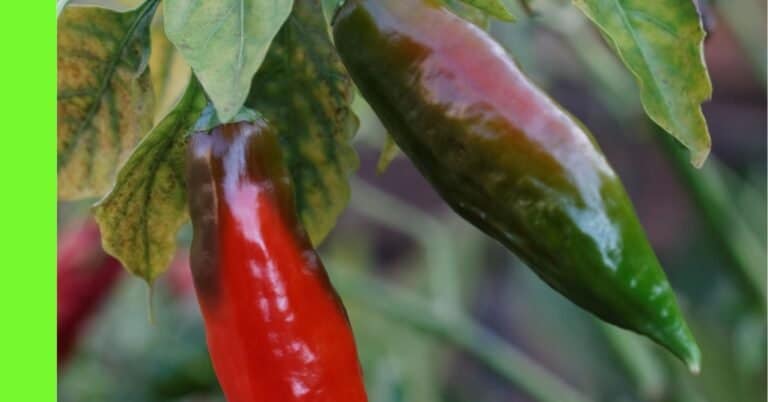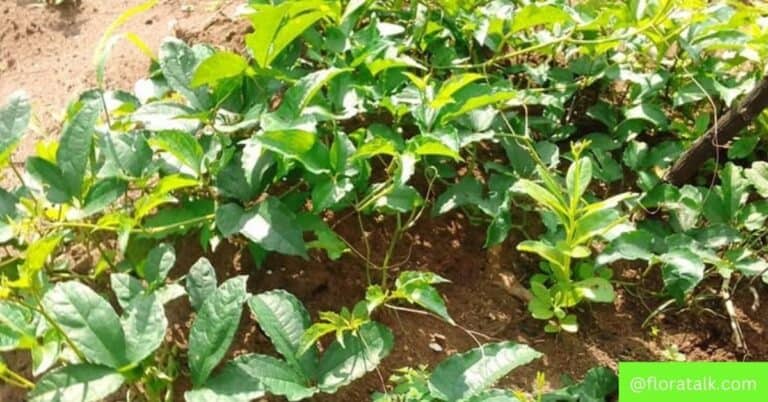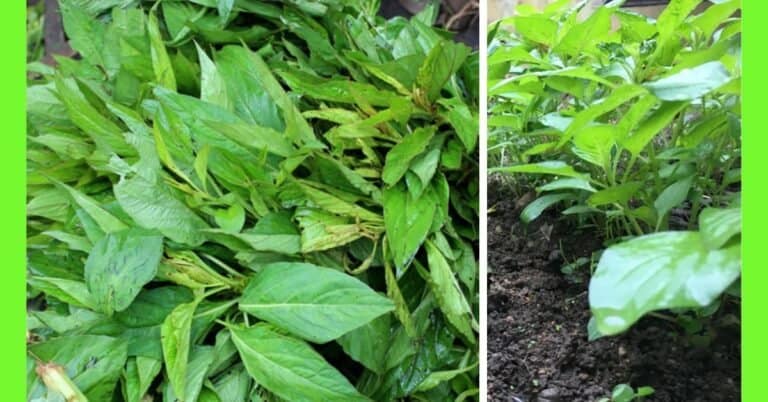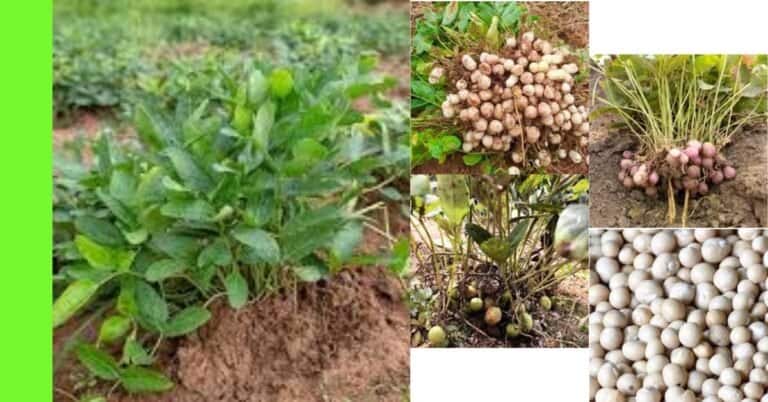How to Plant Malay Apple in Nigeria
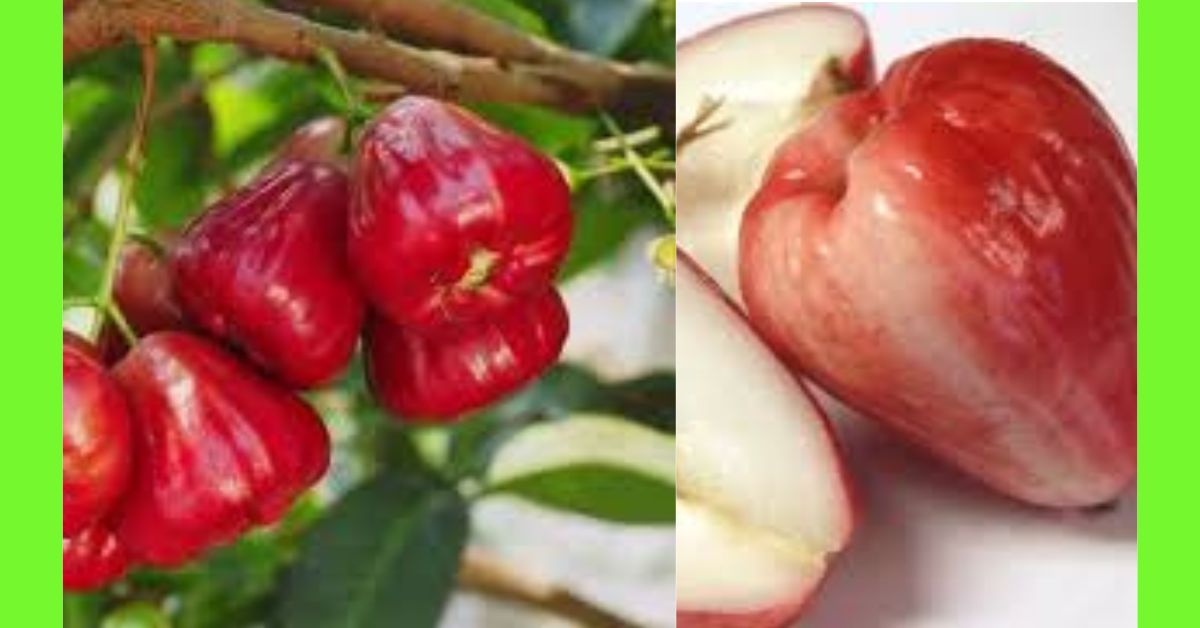
The Malay apple (Syzygium malaccense) is a tropical fruit tree valued for its vibrant red, bell-shaped fruits and refreshing taste.
In Nigeria’s warm, humid climate, this hardy tree can thrive with proper care, offering both nutritional and economic benefits to farmers.
Whether grown for home consumption or commercial purposes, planting Malay apple requires the right timing, location, and maintenance to ensure healthy growth and high yields.
This guide walks you through everything from choosing a site and preparing the land to propagation methods, watering, manuring, pest control, and harvesting.
Description of the Malay Apple
The Malay apple (Syzygium malaccense), also known as mountain apple or rose apple, is a tropical fruit tree prized for its vibrant red, bell-shaped fruits and mildly sweet, juicy flesh.
Native to Southeast Asia and the Pacific Islands, the Malay apple has found a comfortable home in tropical climates like Nigeria’s.
The tree can grow up to 12–18 meters tall with broad, glossy leaves, and its flowers are a striking pink to crimson, attracting pollinators like bees and birds.
The fruit is typically 5–8 cm long with a crisp texture when fresh.
Apart from being eaten raw, Malay apples can be used in jams, beverages, and salads.
Its high vitamin C content, antioxidants, and fibre make it not just delicious, but also nutritious.
Planting Season for Malay Apple in Nigeria
In Nigeria, the best time to plant Malay apple is during the early rainy season, typically between March and May in the southern regions, and April to June in the middle belt.
This ensures the young plant gets enough moisture to establish strong roots before the dry season sets in.
Planting during this time reduces the stress of frequent watering and supports healthy early growth.
In areas with irrigation, planting can be done almost year-round, but aligning with the rainy season still offers the best success rate for seed germination and seedling survival.
Planting the Malay Apple
Step 1 – Choose a Location
Select a location with full sunlight exposure for at least 6–8 hours daily.
Malay apple trees thrive in deep, well-drained loamy soils rich in organic matter.
Avoid waterlogged areas, as constant standing water can cause root rot.
The location should also have enough space, at least 8–10 meters between trees, to allow proper crown development and air circulation.
Step 2 – Land Clearing and Preparation
Clear the chosen site of weeds, shrubs, and unwanted debris.
For larger plots, mechanical clearing can be used, but for smaller gardens, manual clearing with hoes and cutlasses is sufficient.
After clearing, till the soil to a depth of about 30–45 cm to loosen compacted ground and improve root penetration.
If the soil is acidic (pH below 5.5), apply agricultural lime to correct it.
Incorporating organic matter like well-rotted compost or poultry manure during preparation will enhance soil fertility and structure.
Step 3 – Means of Propagation
Malay apple can be propagated in three main ways:
- Seeds – The simplest and most common method, especially for small-scale farmers. However, seed-grown trees may take longer to fruit (5–7 years) and may not be true to the parent plant.
- Air Layering (Marcottage) – Produces fruit faster (3–4 years) and retains the parent plant’s characteristics.
- Grafting – Involves joining a scion from a mature tree to a young rootstock. This method produces uniform plants with quicker fruiting.
For most farmers starting out, seed propagation is the most affordable and practical option.
Step 4 – How to Plant Malay Apple from Seed
- Obtain fresh fruits from a healthy, productive tree.
- Remove the seeds from the fruit, wash off any pulp, and plant immediately as they lose viability quickly.
- Prepare a nursery bed or use polythene bags filled with a mix of topsoil and compost.
- Plant seeds about 2–3 cm deep and cover lightly with soil.
- Water regularly to keep the soil moist but not waterlogged.
- Germination usually occurs within 2–4 weeks.
- Once seedlings reach 30–50 cm height (about 4–6 months), transplant them to the main field, ensuring you plant in the early rainy season for best survival.
Step 5 – Watering
Young Malay apple plants require consistent watering during the first year after transplanting.
Water 2–3 times weekly during dry periods, ensuring deep watering that penetrates to the root zone.
Mature trees are relatively drought-tolerant but benefit from occasional irrigation during fruiting and prolonged dry season.
Avoid overwatering, as this can cause fungal diseases.
Step 6 – Apply Manure
Apply well-decomposed organic manure such as poultry droppings, goat manure, or compost twice yearly, once at the beginning of the rainy season and again mid-season.
For young trees, apply manure 30–50 cm from the trunk to avoid burning the roots.
As trees mature, the manure can be spread evenly around the canopy drip line.
Balanced NPK fertilisers can be applied every 4–6 months to boost vegetative growth and fruit development.
Maturity and Harvest
Malay apple trees grown from seed typically take 5–7 years to bear fruit, while those from grafting or air-layering can start producing in 3–4 years.
The fruits mature in about 90–120 days after flowering.
Ripe Malay apples turn deep red or sometimes pinkish-red, depending on variety.
Harvest by hand-picking or gently twisting the fruit from the stalk.
Malay apples are highly perishable and should be consumed or processed within 2–3 days of harvest unless refrigerated.
Pests and Diseases
Common Pests:
- Fruit flies – Lay eggs inside developing fruit, causing it to rot.
- Mealybugs – Suck sap from leaves and stems, weakening the tree.
- Aphids – Cause leaf curling and transmit diseases.
- Scale insects – Damage leaves and branches by sucking plant juices.
Common Diseases:
- Anthracnose – A fungal disease causing dark spots on leaves and fruit.
- Powdery mildew – White powdery fungal growth on leaves, reducing photosynthesis.
- Root rot – Caused by overwatering or poor drainage.
Pest and Disease Control
- Fruit flies – Use traps and harvest fruits promptly before they overripen. Destroy infested fruits to break the cycle.
- Mealybugs, aphids, and scale insects – Apply insecticide every 7–14 days until controlled.
- Anthracnose and powdery mildew – Use fungicides during early infection stages. Ensure proper spacing for good airflow.
- Root rot – Improve drainage and avoid excessive watering.
Integrated Pest Management (IPM) practices, such as maintaining clean fields, pruning diseased branches, and encouraging natural predators like ladybugs, help reduce chemical reliance while keeping pests under control.
Hope this article was helpful.

